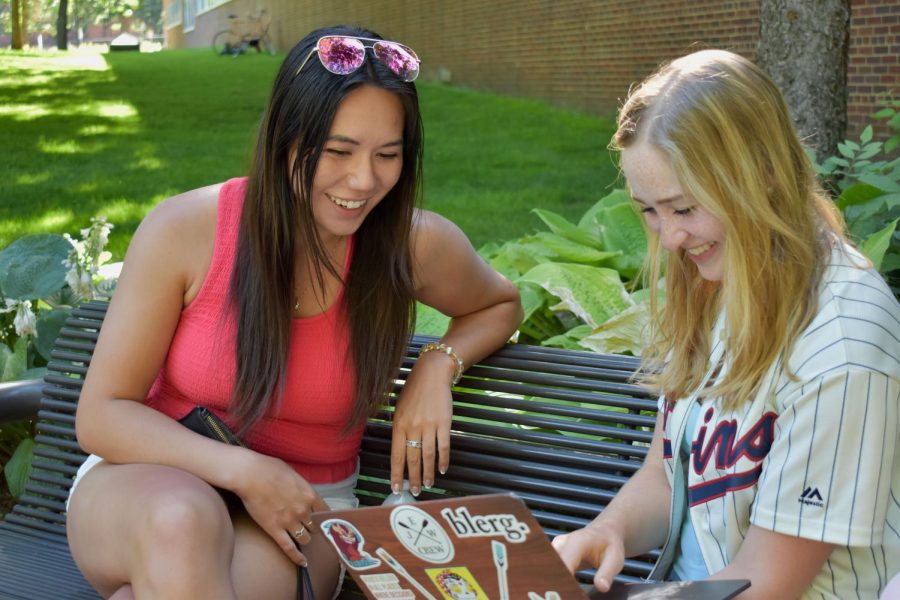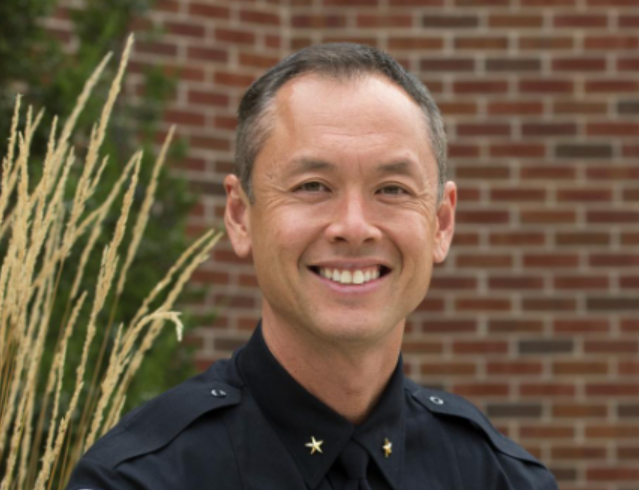As transfer student enrollment rates decline nationally, some of those who are transferring to the University of Minnesota this fall have concerns about navigating campus and online orientation, which is taking place throughout the summer.
Typically, transfer students are able to meet peers during an in-person orientation day and through other events held by the University. For the past year, students transferring to the University have been completing orientation entirely online due to the COVID-19 pandemic.
“I do wish orientation was in person. Although, it’s not like classes are all going to be online so after last year, I wouldn’t [have it the other way around],” said Tisana Lowe, a University student transferring from Hamline University.
Gabby McDermid, a student that transferred to the University this spring, said she felt as though the orientation process could have been better.
“I did not say a word,” McDermid said. “It was over Zoom and only lasted one hour.”
Due to the COVID-19 pandemic, McDermid is yet to have a class on campus.
“I think that I’m most nervous about finding my way around campus because I have no idea where my classes are,” McDermid said. “I don’t even know where the buildings are.”

While it is unclear exactly how orientation experiences and classes taking place virtually have impacted transfer student enrollment, the University has seen a 10% decrease in enrollment as of this May — a trend also seen in colleges and universities nationwide.
“The national trend of declining transfer students continues into 2021,” said Jeffrey Ratliff-Crain, the vice chancellor for academic affairs and innovation at the Rochester campus during the June 10 Board of Regents meeting. “Transfer students tend to confirm through the summer, so we expect these numbers to improve.”
While the exact causes of the trend are not known, a report from the National Student Clearinghouse Research Center released last fall outlines several possible impacts of the pandemic on transfer students that may translate into decreasing enrollment trends.
According to the survey, the pandemic may have discouraged students from exploring other colleges or universities, as decision-making and administrative hurdles are harder to overcome without face-to-face guidance and advising.
Additionally, the pandemic may have encouraged students to avoid the risks of changing institutions amid the uncertainty of the health and economic crises, according to the report.
At the University, the decrease is mostly due to fewer out-of-state students and international students coming to the University due to COVID-19, according to the Office of Undergraduate Education. There has also been a decrease in the number of students attending community and two-year colleges over the past few years, as many students who transfer to the University come from these institutions.
In order to recruit transfer students, the Office of Admissions reaches out to many two-year colleges and attending students to ensure they know their options for transferring to the University. Their process of reaching out includes transfer visit days, application workshops, college fairs and advising visits.
Even though transferring has been more difficult for many students throughout the pandemic, the Office of Admissions has been recognized by the Association of Public and Land-grant Universities as a successful program as part of the “Transfer Student Success Program.”
The program allows students to know if their college credits from other institutions will transfer to the University. Any student can submit a form of syllabi from other institutions and then more than 200 academic department reviewers decide if the student can receive credit for their previous courses.
Although orientation is taking place virtually, Welcome Week activities will be held in person this fall. Welcome Week is designed to help students make connections prior to starting classes through a week of activities and events.
“I am nervous about meeting new people, but that’s life,” said Sarah Huynh, a student transferring to the University as a third-year. “I’m also excited to meet new people because I might find people that I will enjoy spending time with or have them be beneficial in the future for networking.”



















